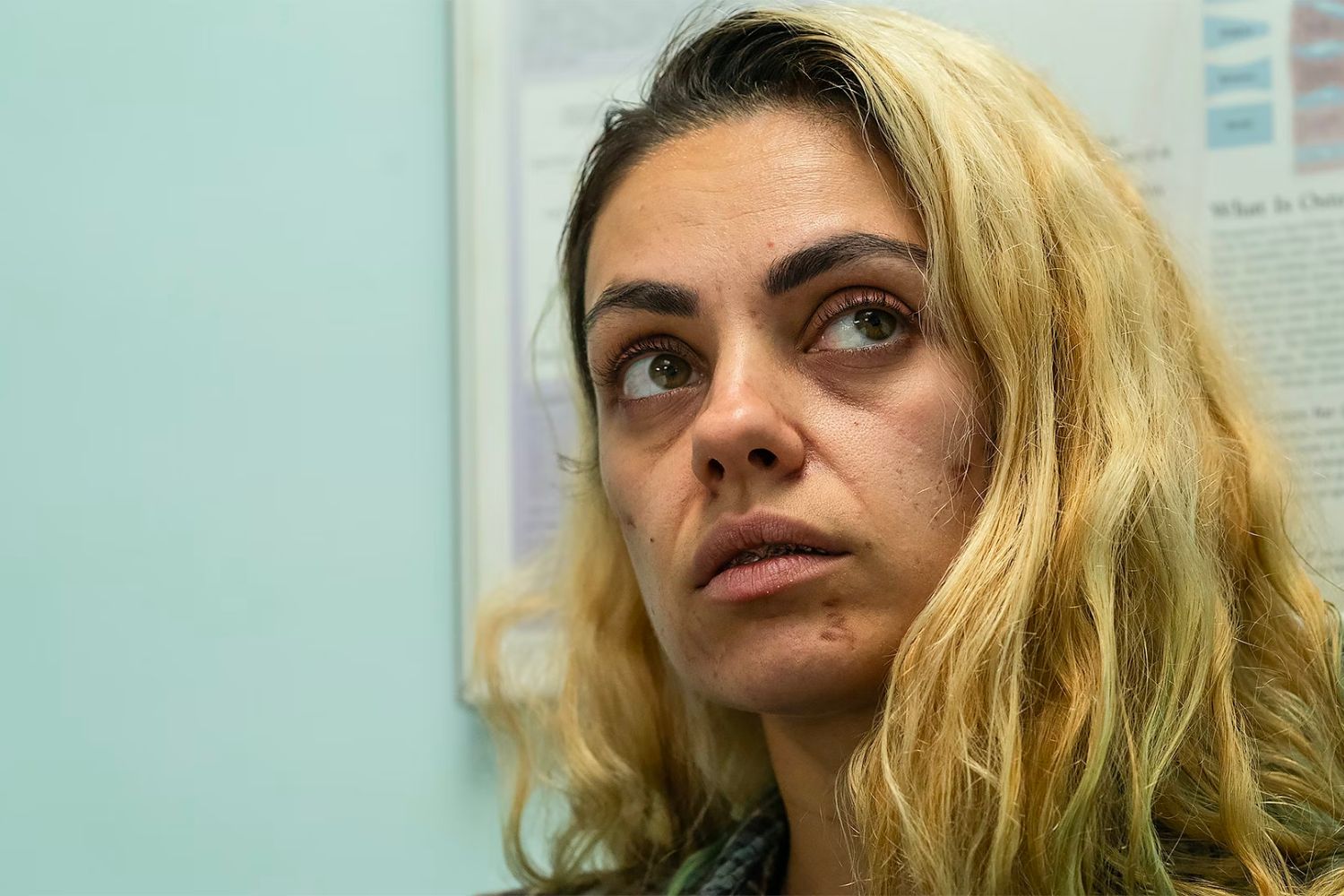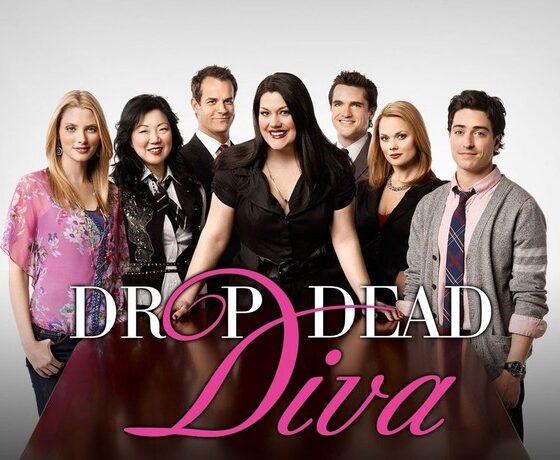If you’re a Netflix aficionado, you’ve probably stumbled across Four Good Days — and if you haven’t yet, grab the tissues. This emotional powerhouse is one of the most-watched dramas on the platform, and with good reason.
Starring Mila Kunis and Glenn Close, the film paints a raw and honest picture of addiction, focusing on a mother-daughter relationship ripped apart and stitched back together in the shadow of America’s opioid crisis. It’s gripping, gut-wrenching, and deeply human.
Are you in search of more impactful true-story films? Check out our top emotional movies on Netflix that will stay with you long after the credits roll.
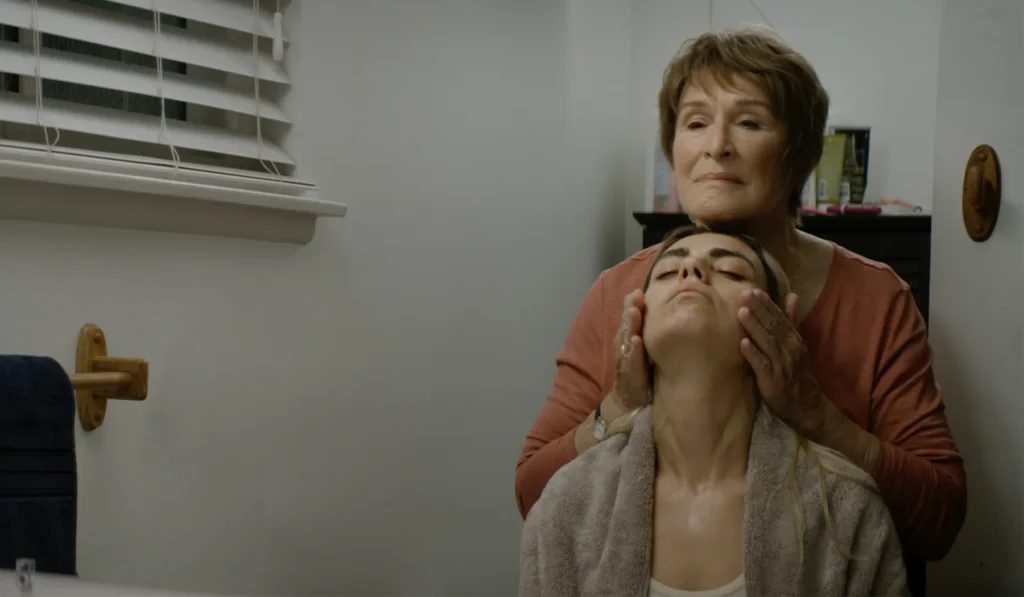
What is Four Good Days About?
The opioid crisis through a personal lens
Set against the backdrop of the US opioid epidemic, Four Good Days is based on a 2016 Washington Post article titled “How’s Amanda? A Story of Truth, Lies, and an American Addiction” by Pulitzer Prize-winner Eli Saslow.
The real-life story follows Amanda Wendler, a young woman battling heroin addiction, and her mother Libby Alexander, who is desperately trying to help her.
In the film adaptation, Amanda becomes Molly, and Libby becomes Deb. We witness Molly’s struggle to stay clean for just four days in order to receive an opioid antagonist shot — a treatment that could change her life. Read more about true stories behind popular films and how they get adapted for the screen.
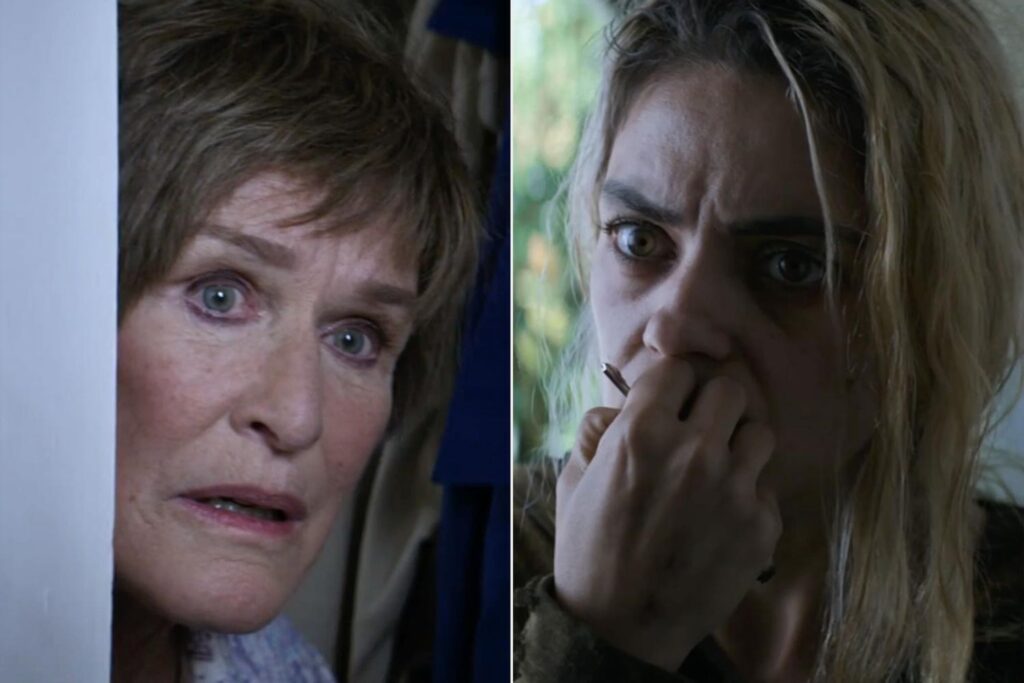
The Devastating Stats You Can’t Ignore
According to the National Institute on Drug Abuse, there were over 92,000 drug-related overdose deaths in the US in 2020. That’s more than 250 lives lost every day.
Even more chilling:
- 79 people die daily from opioid overdose (CDC)
- Opioids account for the majority of those deaths
- 350 people start using heroin each day
A Relationship on the Brink

Deb and Molly’s relationship is fraught with pain, mistrust, and regret. Deb recalls a moment many families of addicts can relate to:
“We changed the locks after you and Eric stole the guitars.”
Despite her hurt, Deb takes Molly to detox, hoping that this time things will be different. However, Molly has already undergone 14 detoxifications, so this is not their first experience. Still, there’s hope.
“If there’s anything more relentless than heroin, it’s you.”
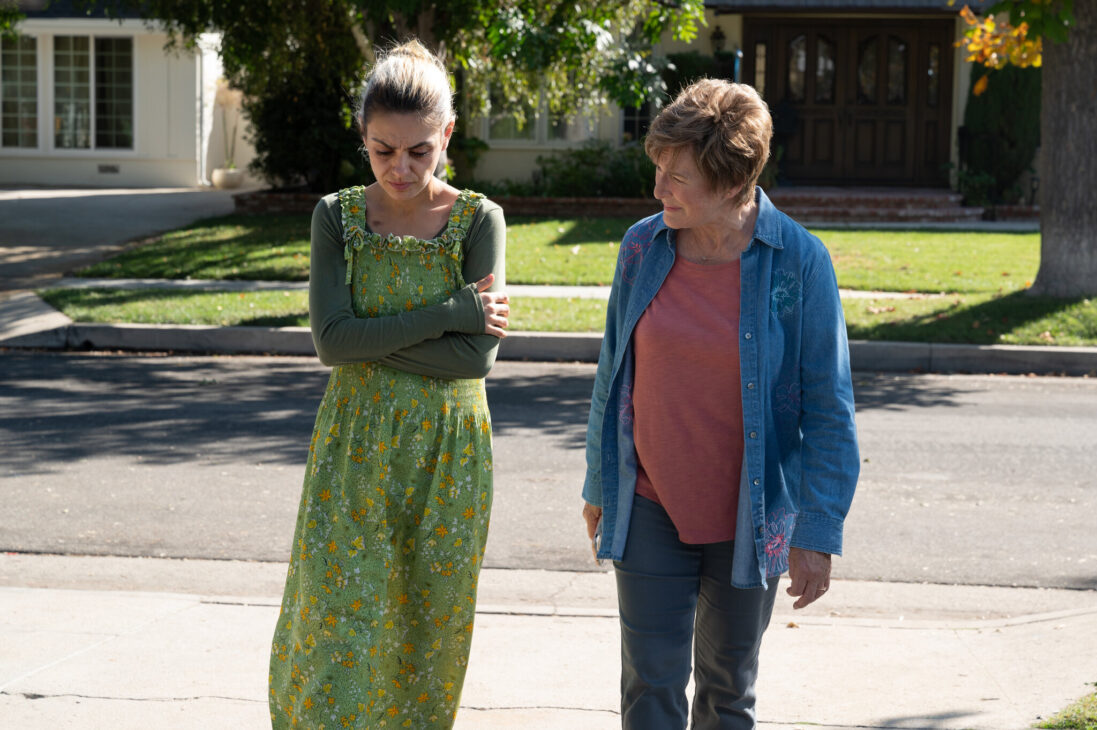
Real Story vs Reel Story
While the film stays largely faithful to Saslow’s article, there are key differences:
- In reality, Amanda relapses and ends up hospitalised
- In the film, Molly’s ending is more ambiguous, hinting at recovery
One powerful moment — both in life and on screen — sees Amanda/Molly asking her mother for a urine sample to fake a clean drug test. It’s a raw moment of desperation that speaks volumes about the disease of addiction.
Want to explore more films based on real-life addiction stories? Here is a list that’ll open your eyes and break your heart.
Why This Film Matters
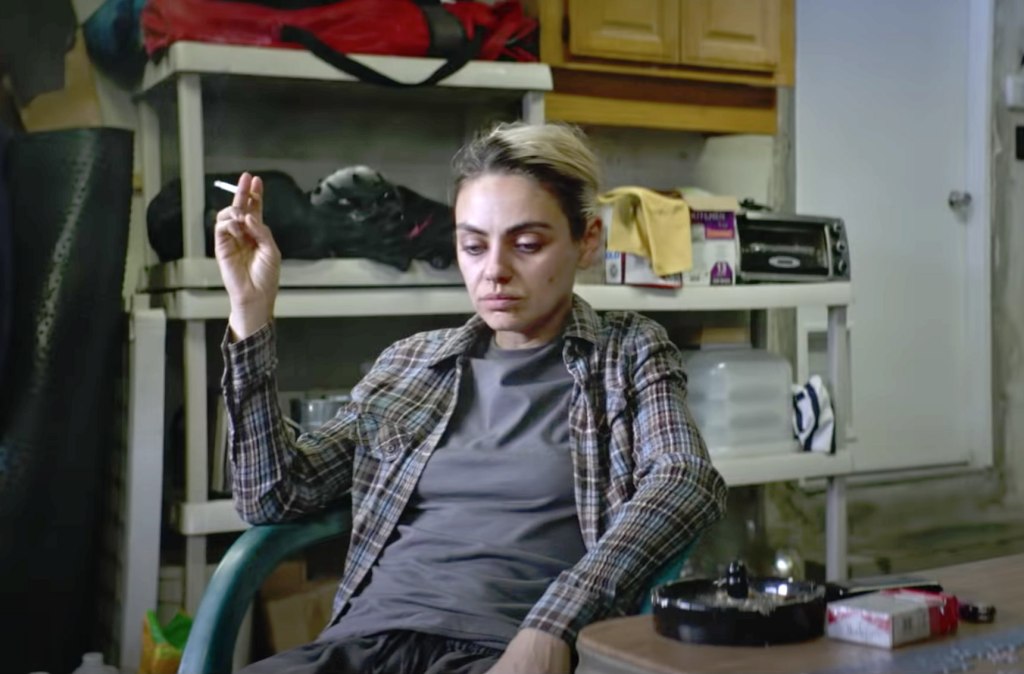
Four Good Days isn’t just another drama — it’s a necessary conversation starter. It humanises the numbers and reminds us that behind every statistic is a face, a family, and a fight.
This is a film that asks you to look addiction in the eye, to see the person — not just the problem.
Learn how to support loved ones battling addiction with a guide to addiction resources and support networks.
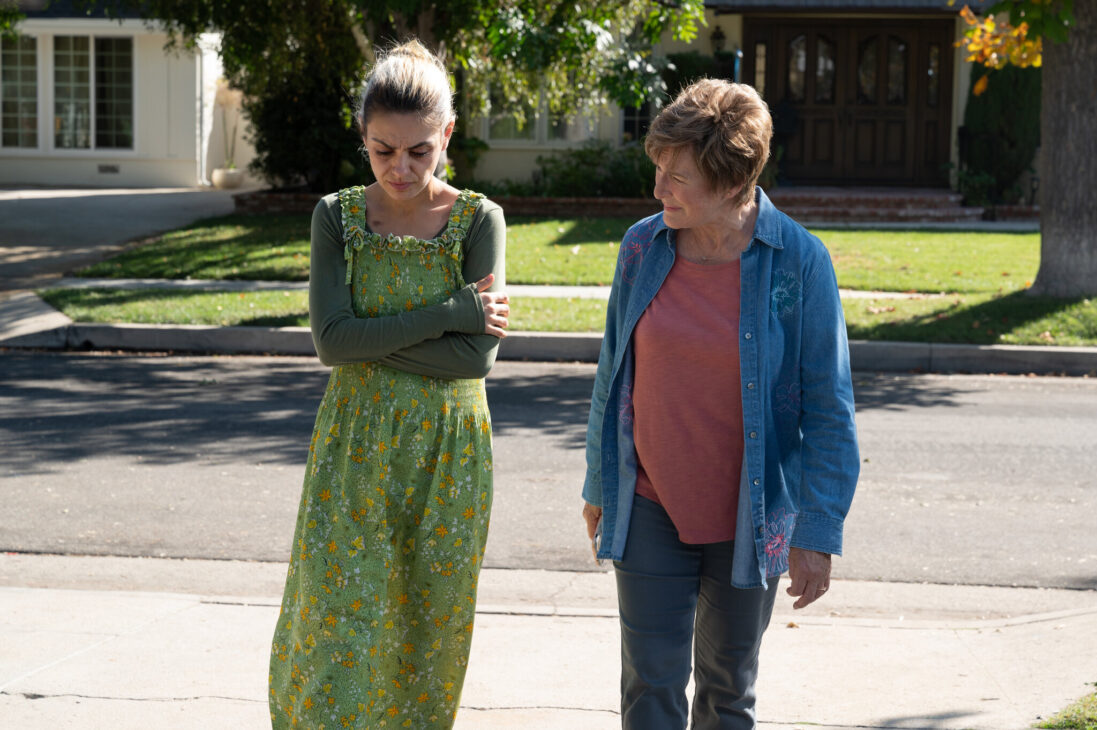
Final Thoughts
Whether you’re watching for the powerful performances, the real-life connection, or the emotional depth, Four Good Days is a must-watch. It leaves you with one clear message: recovery is possible, but the journey is never easy.
And maybe — just maybe — watching something this powerful can help remove the stigma and replace it with empathy.


